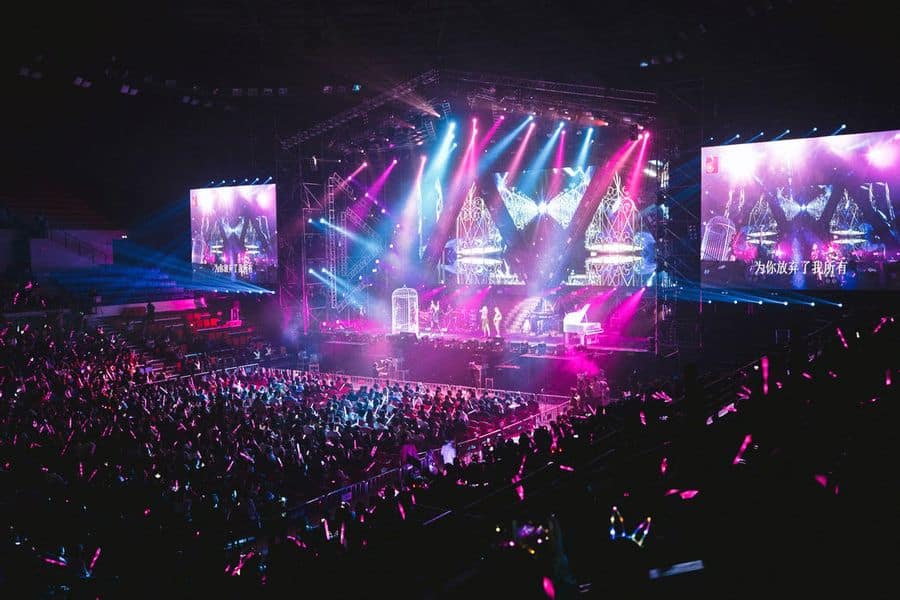The first step in footage mapping on rounded areas is to understand the geometry of the area. Rounded surfaces can be complex, with different degrees of curvature. To attain a seamless display, it is vital to create a 3D representation of the surface. This representation helps in imagining how the video will appear when cast. Software tools are available that allow users to develop these representations and mimic the projection. By precisely aligning the dimensions and contours of the surface, designers can ensure that the video matches perfectly without distortion.
Once the 3D model is ready, the next step is to prepare the footage content. This includes modifying the footage to suit the specific shape and dimensions of the curved surface. It is crucial to take into account the angles and viewpoints from which the viewers will observe the projection. The content should be crafted to improve the visual experience, making it engaging and relevant to the theme of the occasion or setup. Using premium visuals and motion graphics can significantly improve the total effect of the projection.
After preparing the content, the actual projection procedure starts. This involves setting up the projectors at the appropriate angles and distances to guarantee that the footage matches with the 3D model. Adjustment is a crucial part of this procedure. It may necessitate adjusting the brightness, differentiation, and sharpness of the projectors to achieve the optimal outcomes. Additionally, using multiple devices may be required to cover larger or more complex surfaces. This technique, known as edge blending, helps create a seamless visual across the entire surface.

Ultimately, trialing the projection is essential before the conclusive show. This enables creators to make any necessary modifications to the footage and projector configurations. It is also an chance to see how the viewers will experience the display from various viewpoints. By confirming that the footage mapping is perfect, designers can deliver a remarkable aesthetic experience that leaves a memorable impression. Perfecting have a peek at this site video projection on rounded surfaces not only improves creative expression but also creates new opportunities for storytelling and viewer engagement in various environments.